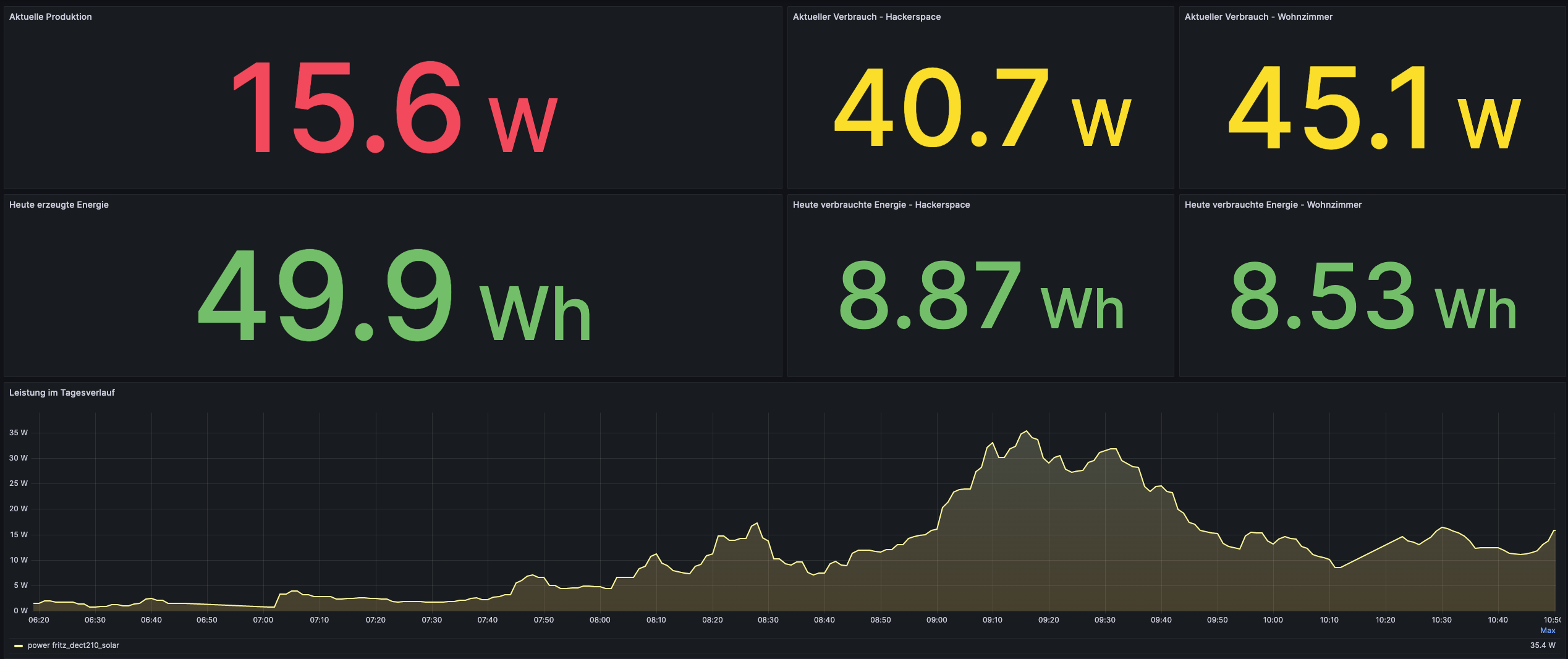In my quest to monitor and optimise my home’s solar energy system, I ventured into the world of Docker, InfluxDB and Grafana. With little prior knowledge of these technologies, I was determined to learn and apply them to create a smart home energy monitoring system. This article describes my experiences, the challenges I faced, and the valuable insights I gained along the way.

Key technological components
Hardware
- An old Mac Mini was repurposed as the central system to host the energy monitoring setup. This Mac Mini, part of the home network, served as a reliable and low-power device to run the necessary components.
Software
Docker was used to create containers for running the different components of the energy monitoring system. Containers provide a lightweight and isolated environment, ensuring consistent deployment across different systems. - Leveraging Docker’s containerization, I could isolate and manage the components of my energy monitoring system, ensuring portability and ease of deployment.
InfluxDB, a modern database, was utilized to store the energy consumption data. With its efficient data storage and retrieval capabilities, it facilitated the collection and analysis of time-based data. - With its time-series storage capabilities, I could efficiently capture and store energy consumption data. InfluxDB’s flexibility and query language allowed me to analyze and visualize the data effectively.
Grafana acted as the visualization and monitoring platform for the energy data. It allowed the creation of customizable dashboards with interactive panels, enabling real-time monitoring and data analysis and became the centerpiece of my energy monitoring system. With its rich visualization features and user-friendly interface, I could create dynamic dashboards and gain meaningful insights from the collected energy data.
Python programming language was used to develop the script responsible for collecting energy data from the solar system. The script was responsible for collecting energy data from the solar system. It utilized APIs to retrieve the data, performed necessary calculations, and sent the processed data to InfluxDB for storage.
Tailscale, a VPN solution, provided secure and remote access to the energy monitoring system, enabling me to access Grafana and manage the system from my smartphone, regardless of my location.
Project Journey
Learning Python: With a basic understanding of Python, I saw this project as an opportunity to further develop my programming skills. I utilized Python to collect energy data from my solar system and send it to InfluxDB for storage and analysis.
Repurposing the Mac Mini: To run the energy monitoring system, I repurposed an old Mac Mini that was primarily used as a backup system and for running an ad-blocker based on PiHole. This choice provided a cost-effective solution and allowed me to integrate the monitoring system into my existing home network.
Future Expansion: As my project evolved, I envisioned expanding the monitoring system to include energy consumption data from various devices in my home. This would allow for a comprehensive view of energy usage and enable me to identify additional optimization opportunities.
Hands-on Experience: Through this project, I gained valuable hands-on experience with Docker, InfluxDB, Grafana, and Python programming. I deepened my understanding of these technologies and learned how they could be leveraged to solve real-world problems.
Data Visualization: Grafana’s visualization capabilities empowered me to transform raw energy data into meaningful insights. I learned how to create informative dashboards, customize panels, and utilize various visualizations to effectively communicate energy consumption trends.
Conclusion
In my journey of building a smart home energy monitoring system with Docker, InfluxDB, and Grafana, I transformed my curiosity into practical skills and valuable insights. By leveraging these technologies, I gained a deeper understanding of my solar energy system, optimized energy usage, and developed proficiency in Python programming. The combination of Docker’s containerization, InfluxDB’s time-series data storage, Grafana’s visualization capabilities, and Tailscale’s secure remote access opened up a world of possibilities for monitoring and managing energy consumption.
Whether you’re a tech enthusiast, a home automation enthusiast, or someone passionate about renewable energy, this project provides an exciting opportunity to explore and learn key technologies while making a positive impact on your energy consumption. Embrace the possibilities, embark on your own smart home energy monitoring journey, and unlock a smarter, more efficient, and sustainable future.
